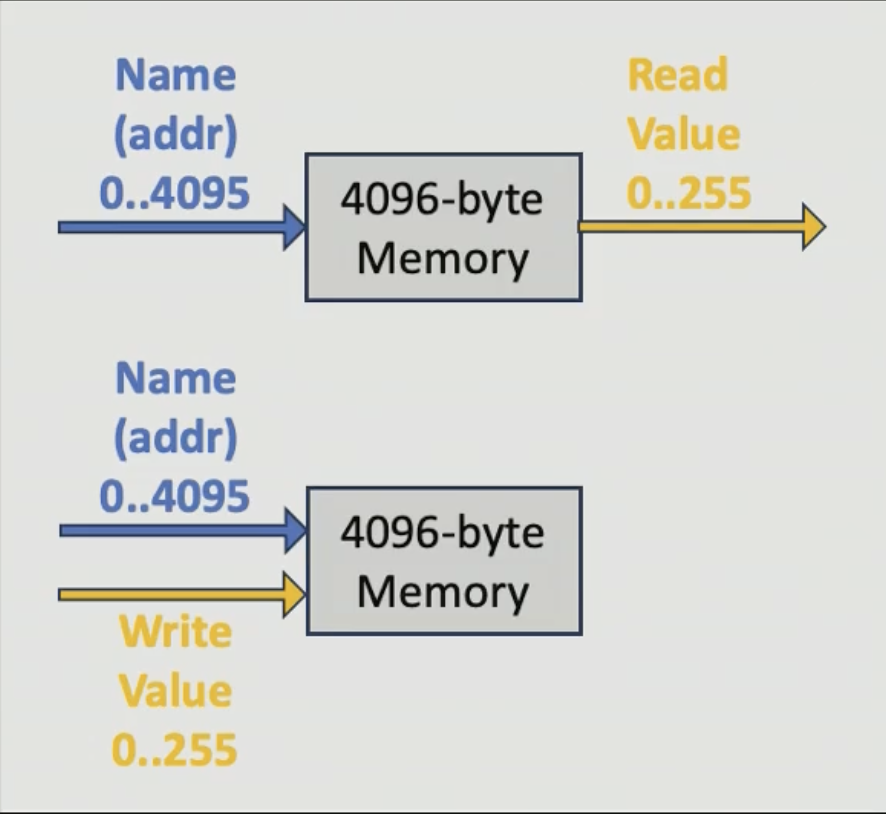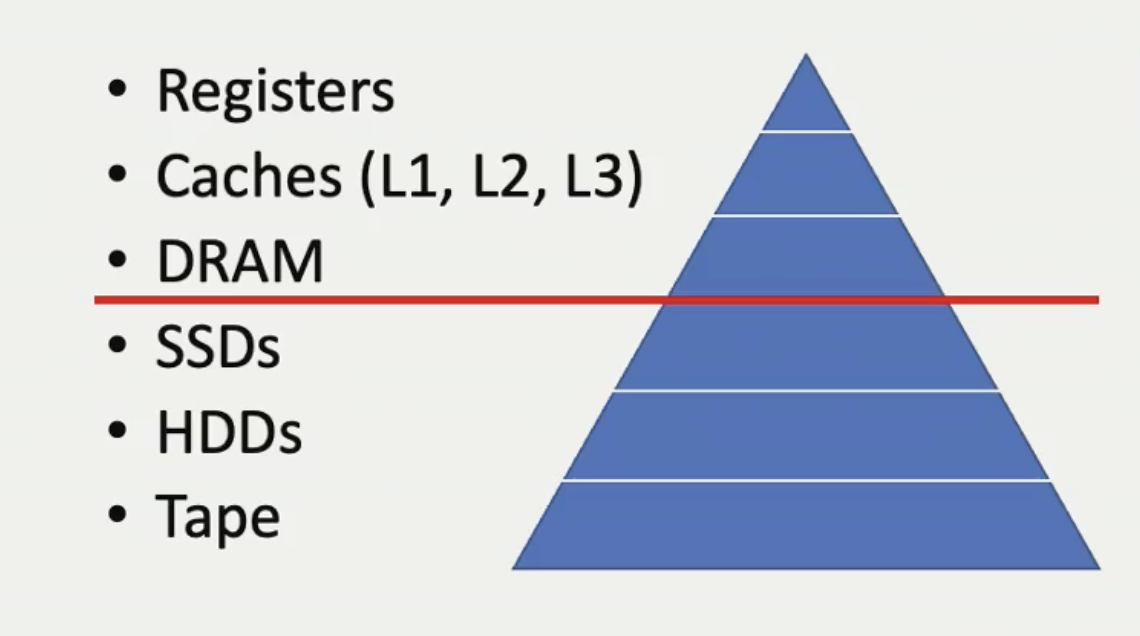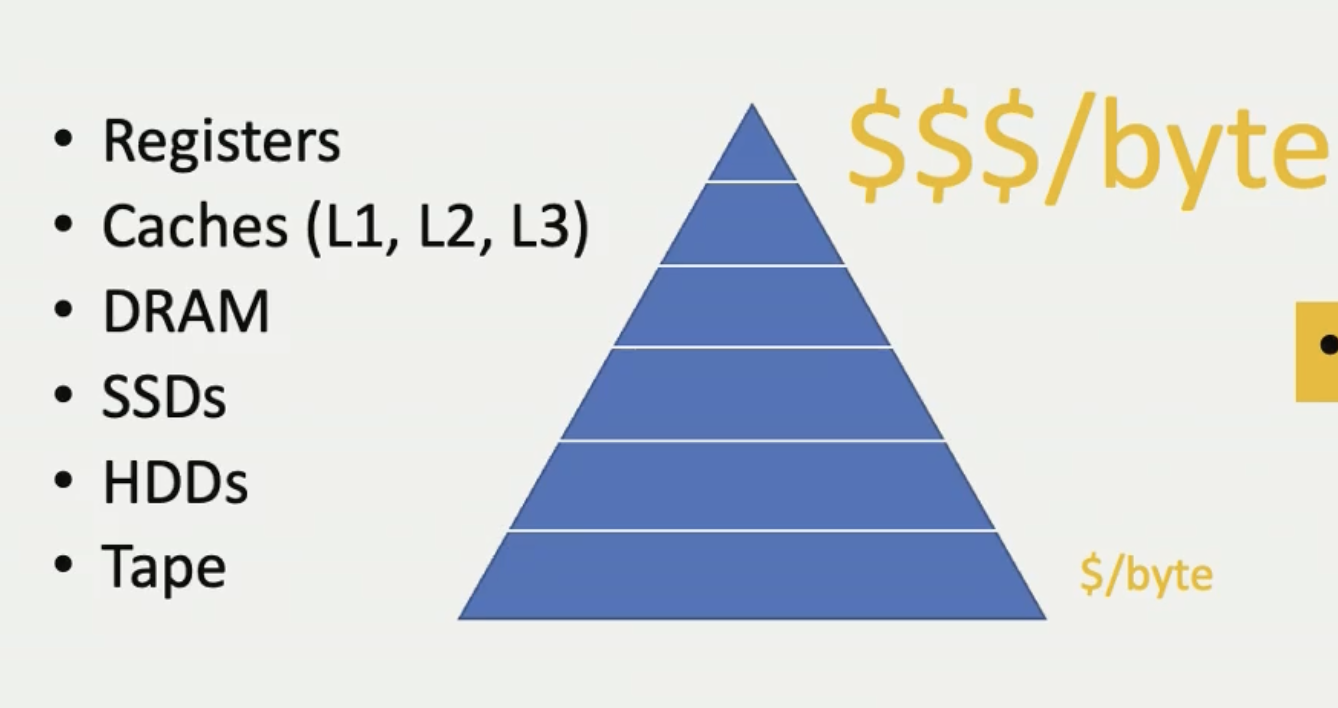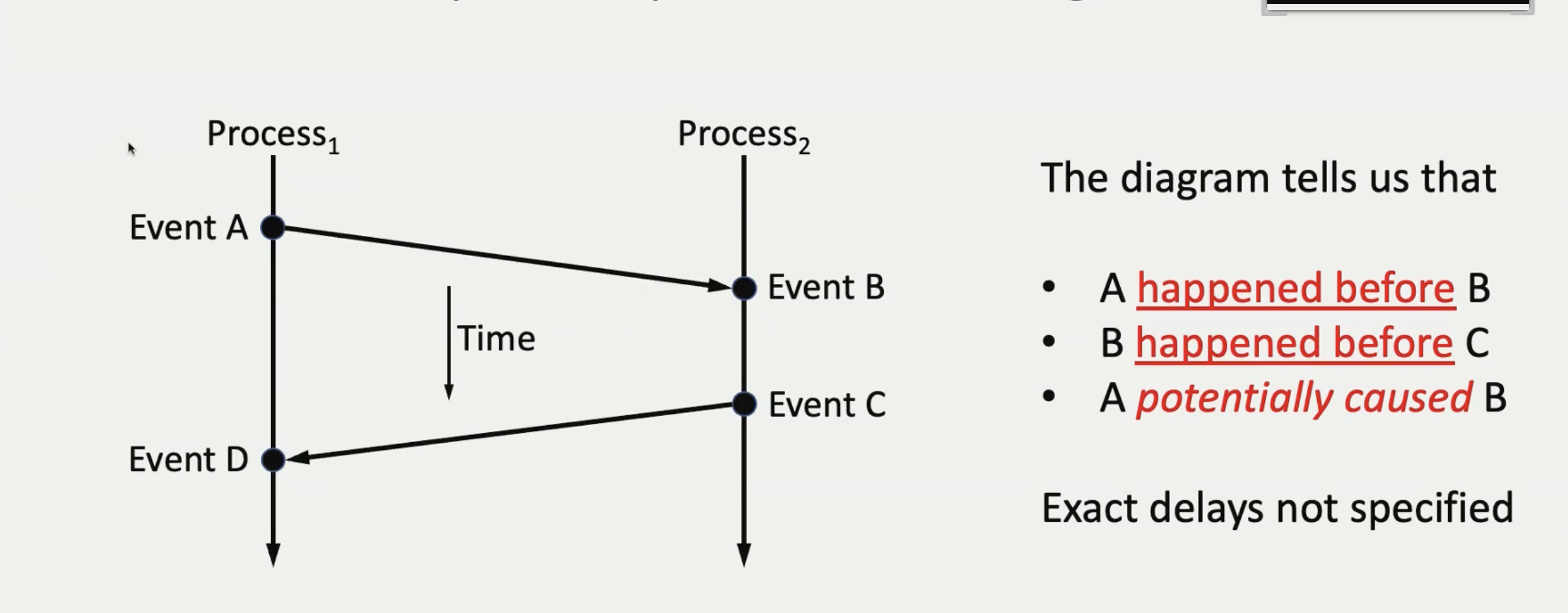Class: CSE 130 Subject: computer-science computer-systems Date: 2025-04-16 Teacher: **Dr. Veenstra
Fundamental Abstractions in Computer Systems
Tasks that a System Does
- Store(essentially remember things)
- i.e. **Memory
- Compute things(Interpret)
- i.e. **Interpreter
- Communicate things
- i.e. **Communication channels
Memory
- relies upon name abstractions
What are some memories
- Registers
- Cahces(L1, L2, L3)
- DRAM
- SSD’s
- HDD’s
- Tape Storage

Memory Properties
Volatility
- Does the memory need power to be applied in order to remember?
- The volatility/non-volatility split happens between DRAM and SSD’s

- essentially the ones above the line require some sort of voltage/power source to sustain memory
Abundance
- how much of the memory should we expect in a typical system?
- less abundance as we move up in the hierarchy
Cost
- how expensive($/byte) is it?
- more expensive as we move up in the hierarchy

Performance
- bandwidth: how many units of memory can we get per unit of time?
- higher performance at the top; lower performance at the bottom
Two Measures
- bandwidth
- i.e. megabits per second
- latency: how long does it take to get a single value from memory?
- i.e. nanoseconds
Latency
- Lamport “Space-Time Diagrams”

which is better; low read latency or low write latency? answer: low read latency because we can make writes asynchronous!
Granularity
- what are the sizes of the values?
- **registers(name/value map)
- **bytes(Cache/RAM)
- **block-Addressable(SSD/HDD)
Flash Memory
- Memory-cell tech makes writing complicated
- writing a 1(called “erasing”) must happen on an entire bank
- writing a 0(called “programming”) can happen on an individual bit
- NOR Flash memory reads words
- NAND Flash memory *reads pages
Failure Rate
Block Devices
- these fail frequently
DRAM
- fails less frequently
RAM
- rarely fail
- most systems ignore the failures since fixing them would be expensive!